The easiest way to get injured while kitesurfing? Kiteboard Leash!
First easy tip to improve your kitesurfing safety: avoid any type of board leash
Using a kiteboard leash is a bad habit still practiced by a good number of beginner (and not only) kitesurfers, and the level of danger it bears is often underestimated.
Why is a kiteboarding leash used?
Board leashes were introduced to prevent riders from losing the board. As many beginners would eventually fall off the board in abrupt maneuvers while crashing their kites, having a board leash would reduce the amount of time spent retrieving the kiteboard while increasing the time riding and practicing.
For beginners, it is also pretty common the fear of not being able to retrieve the board after a kite crash, especially if they have to relaunch the kite itself. While relaunching the kite, they might get pretty far downwind from the board, and then it would take a long body drag effort to retrieve it, not mentioning the possibility of losing sight of the kiteboard.
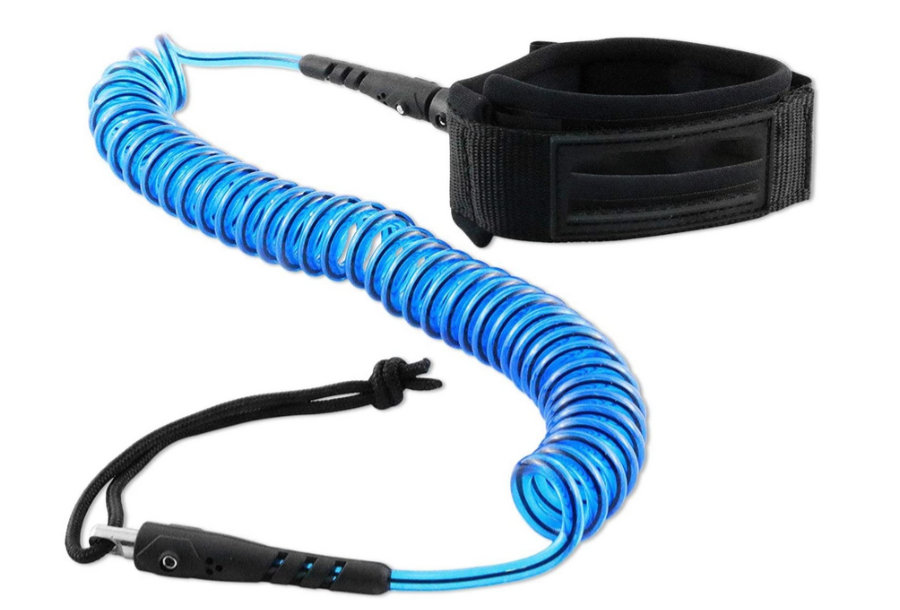
Another reason kiteboard leashes have been very popular is that they allow spending little time retrieving the board, so beginners have much more time to train in their water start and riding technique. That might lead to think that the kiteboard leash can lead to an increase in the learning curve of kitesurfing.
Another common thinking is that in rough conditions, the kiteboard leash can be a tremendous psychological help for not skilled riders to keep them more focused on the riding without fear mentioned above to lose the board.
Finally, new riders afraid of losing the board tend to try the kite relaunch keeping the board close to them. This prevents them from having both hands free to control the kite, making the situation chaotic and difficult. The kiteboard leash seems again a natural solution to the problem.
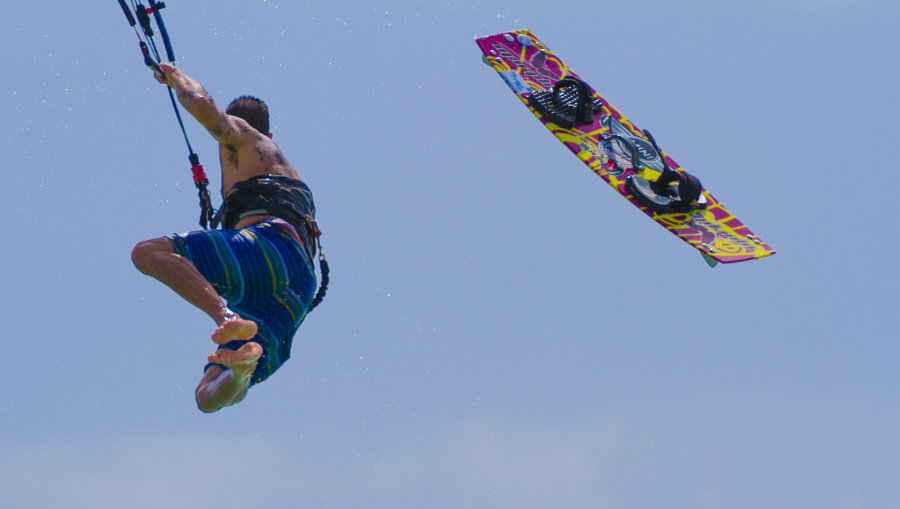
Is the use of a kiteboard leash justified then?
In any discipline, we set a final goal, but we need to go through the intermediate steps of learning to get there. Kitesurf makes no difference, and the principle "Learn to walk and then learn to run" applies perfectly to this sport.
As mentioned before, the leash can offer many advantages. The most attractive is to achieve the goal of riding in a faster time, skipping the tedious and physically draining body drag learning stage. Don't fool yourselves, though: striving to stand on the board avoiding to pass through the fundamental skill that makes you an independent and, above all, a safe rider is a wrong choice and will punish you at one point.
A proper body drag training also doesn't involve so much time (generally a session or two with a good instructor), and it will pay back the effort broadly.
Getting rid of the dependency on the leash.
Learning body drag will also have the great advantage of freeing the kiter from the fear of not reaching the board for good. Once a kiteboarder can relaunch the kite properly and can body drag upwind consistently, he can be finally considered an independent rider. On the contrary, if he can stand on the board, but he cannot body drag upwind, he will sooner or later find himself in difficult situations. For example: with no possibility of standing on the board, he won't reach a landing point on the shore upwind to his position.
In fact, by relying on the kiteboard leash at all times, the beginner very unlikely will keep practicing body dragging consistently, and he will always be one step back from becoming an independent kiter. He will remain dependent on the leash for a long time.
Why do kiteboard leash injuries happen?
While kitesurfing, a wrong maneuver is pretty standard, even for an expert. Falling off your kiteboard, while overpowered by the kite can have the rider dragged for several meters and with a relatively high speed.
What happens with the kiteboard in this situation? The kiter usually will lose the board behind, and he will need to retrieve it by body dragging.
But what if the kiteboard is attached by a leash? At first, it will dive into the water, then the leash will work like a bungee, and it will pull the kiteboard towards the rider with extreme power.
When a 5-7 kg heavy board, flying at high speed, landing into the kiter's head, can result in significant trauma. Many kitesurfers think it's a rare case that won't happen to them, but believe me - it's really common. In 15 years of kitesurfing, I have witnessed that happening to several kiters, with infamous results.
The internet is full of examples of that, and you can google it to check it yourself. This sequence is taken from a Youtube Video:
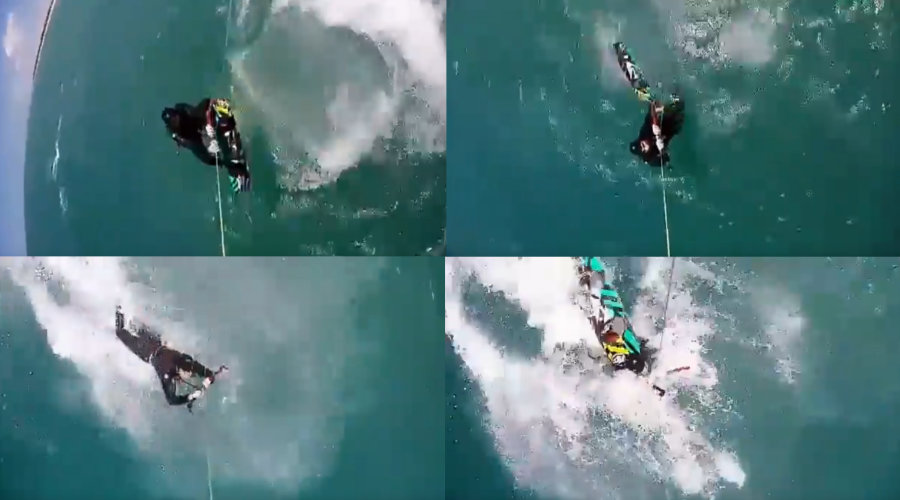
Having the kiteboard close at all times isn't advisable.
Another painful reason for a kiter to avoid the board leash is when he returns to the shore after the session. If the rider has the leash attached and leaves the board in the water, it is easy to imagine what will happen when the next wave breaks close to him, throwing the board on his legs. This situation can even have an amplified effect if the kiter is riding in big waves, he falls, and the next wave nicely brings back the board to him. Someone can say these situations can also happen without a leash, but we can argue that the possibilities exponentially increase if the board is kept close to the kiter's body by the leash at all times.
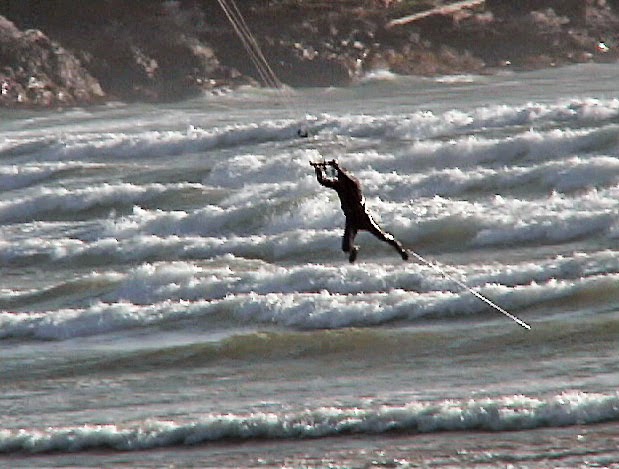
How to avoid kiteboard leash injuries?
As said, during my kitesurfing career, I've seen many people get injured by their leashed board, and my close friends were among them. The only solution to this issue is to never permanently attach your kiteboard to yourself with any type of a leash while kitesurfing.
If you aren't skilled enough to retrieve your board by an upwind body drag, the best thing you can do is to improve your body drag skills by spending a few hours more practicing. It's a short amount of time to spend to prevent a terrible trauma, and it will grant an essential skill for safely kitesurfing the rest of life.
Can helmet and impact vests protect from the board?
Someone might argue that with proper protection such as a helmet and an impact vest, using a kiteboard leash is perfectly safe, but keep in mind that these garments provide protection only to few parts of the body. The kiteboard can be thrown into the face, the neck, arms, legs, or other uncovered body parts. A friend of mine was hit by a kiteboard on his ankle on his kitesurfing vacation, and the result was a deep 4-inch cut (12cm), a lot of blood, a very swollen leg, and, of course, no kitesurfing for the entire vacation.
Is the kiteboard reel leash the solution?
Another myth widely spread through the kitesurfers' community is that a kiteboard leash reel is a solution.
The concept of this kiteboard retractable leash consists of the use of a longer span of lace that is rolled up in a coil activated mechanism. On the occasion of a fall and a consequent pull of the kite, the board in the water should make the reel leash coil to unspin fast and extend the leash way longer than the distance a regular leash would start to pull the board back. After the tension is exerted, the soft coil would slowly and safely drag the board back to the rider.
This is really misleading because that extra length if the kite pool is sufficient (let's think at good kite loop), can increase the potential power that will propel the kiteboard to bounce back against the kiter.
Another issue is what a 6-8-meter-long leash can cause by tangling around the rider's body or the kite bar's safety systems. Imagine the leash wrapping around the bar; the control of the kite becomes impossible. As a result, you get pulled out of the water with the kiteboard. How do you imagine your landing?
The advice remains the same: no board leash while kitesurfing.
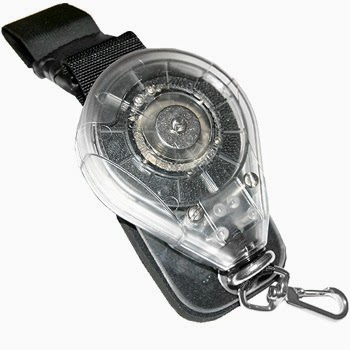
Can a fuse line on the leash solve the problem?
The fuse line's main idea is to insert a weak line between the board leash and the board itself. This line is supposed to break the moment a tension beyond a specific limit is applied. The resulting break should prevent the board from being pulled against the kiter.
In principle, this idea is sound, but it carries with it some problems if analyzed deeply. The main is, how can we choose and furthermore regulate the breaking tension of the fuse?
If the tension is too weak, the fuse will break at the first fall, and the rider who isn't able to body drag upwind has lost the board.
If the breaking tension is too big, we are back to have a dangerous board leash.
Choosing the breaking tension can be a problem: considering the different weights of boards and riders, it is basically impossible to use a one-for-all solution. The problem is that fitting the right resistance to the fuse line isn't simple and for sure isn't well obtained by using some leftover line found in the bottom of some storage.
An old trick to retrieve the board
Suppose a kiter is afraid to lose his kiteboard or not be able to body drag upwind to retrieve it. In that case, he can use the trick I tested myself when I was a beginner: as a kiteboard leash alternative, he can put a children's floating rubber sleeves on the kiteboard's handle. This will produce two positive effects:
1. It will act as a small sail, pushing the board quicker downwind, helping the rider to reach it faster;
2. it will increase the board visibility so, even if the kiter can't body drag upwind to catch the board, he will always have it in sight, and once on the beach, some other kiter can be asked to go and grab it.
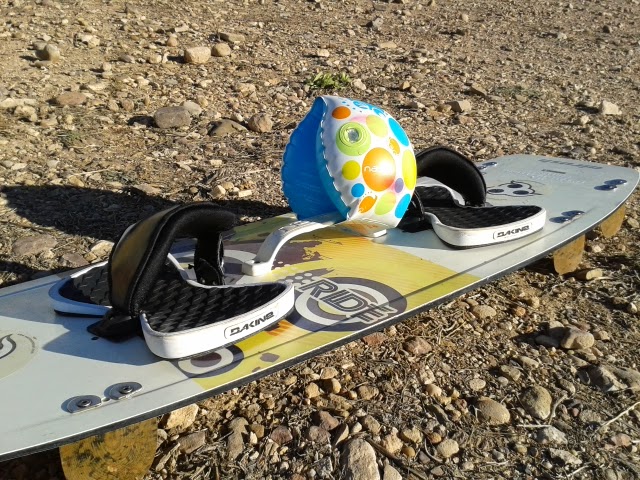
Board recovering tools
And what if you feel that children's rubber sleeves are not suitable for your image? Well then, you can invest some cash and buy a device designed for kiteboard gear. Look for "Leash-less Board Recovering Tool" online or find it here on amazon.
It is called GO JOE, and as the children's rubber sleeve, it dramatically increases the board's visibility on the water and creates that nice 'sail' effect to push the kiteboard downwind.
So, never to use a kiteboard leash?
For beginners, for sure. But for experts, there are situations where the kiteboard leash is the lesser of evils.
The most common situation when a kiteboarding leash is an acceptable option is when riding big waves. In this case, it often happens to be on reef banks or relative shallow rocks, and losing the board would mean have it smashed against the bottom. What's worse, for the rider would mean having to stay for a long time between the wave breaks to find the board. This would put him in a dangerous situation that would have a damaging potential far superior to the board leash itself.
In crowded wave spots, where many riders are concentrated and lined up to catch the waves, a floating lost board in the foam would create a hazardous obstacle for everyone.
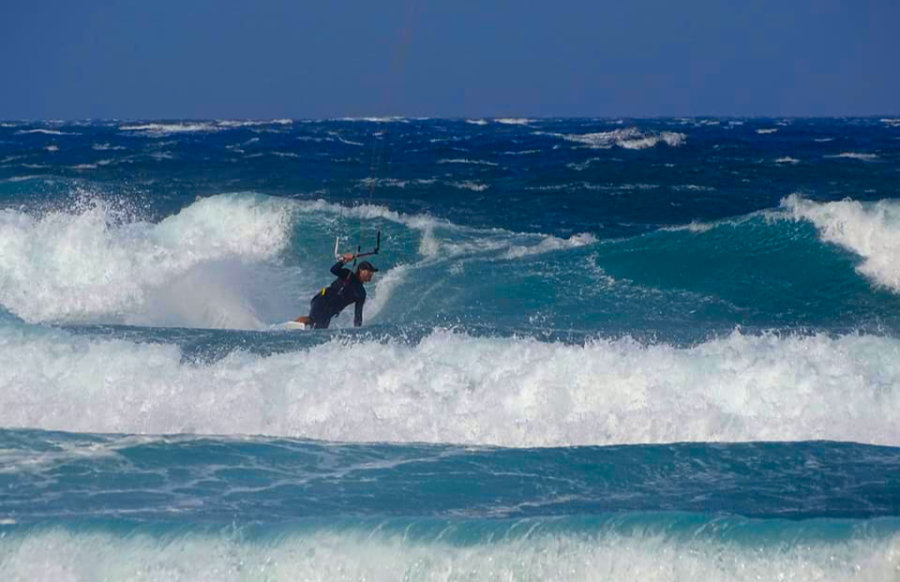
A great article in The Kiteboarder Magazine outlines crucial indications for using a board leash:
- the right length for a wave surfing leash should be around 8 feet (2,5 meters): shorter it would increase the chances to have the kiteboard pulled against the rider, longer it would create a lot of drag.
- The leash section should be chosen according to the waves' dimension: too little can break, and too thick might cause again excessive drag while riding.
- If separated from the board, push the kite bar away to depower the kite and preventing it from loading up the leash.
- When fallen from the board, bring the kite up to the window's border in a neutral position and fully depowered. This will avoid having the board creating tension on the leash and pulling downwards.
- While retrieving the board by pulling the leash, having the kite on the same side will facilitate the operation.
- If possible, use a calf leash and attach the leash just below the knee. This will help to further reduce the drag by having less part of it in the water.
- wearing a helmet and an impact vest would lessen the chances of bad traumas.
Conclusion
Using a kiteboarding leash is dangerous, and it should be avoided. It is out of the question to use it for beginners, and for experts, it should be attentively evaluated and employed only when it is the lesser of evils.
With the proper teaching technique, reaching an adequate level of upwind body drag doesn't require more than a couple of extra lessons if the instructor is qualified and has optimal teaching methods. This knowledge's value is priceless for any kitesurfer who really wants to be independent and safe in the water.
Tell me what you think! Can you share your experience with a kiteboard leash? Do you have any other advice not mentioned here?

Steel Water Bottle

Logo: Yoga Kite Love
Promote your Kite School for free!
Index your Kite School in our database.
You will get free lifetime visibility on Kitesurf Culture website.
If you have a website, it will provide precious backlinks to improve your SEO ranking
Relevant Posts
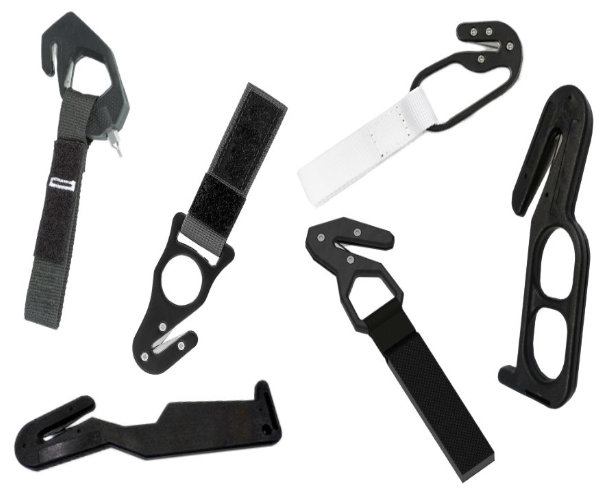
Safety Kitesurf Hook Knife, a must to have in your sessions
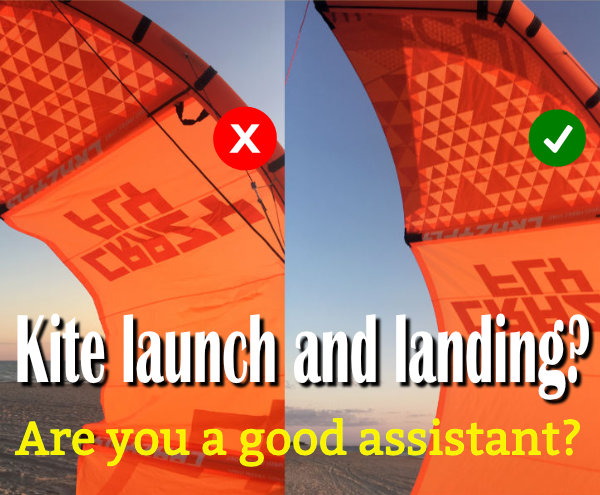
Are you a good assistant during a Kite launch and landing?
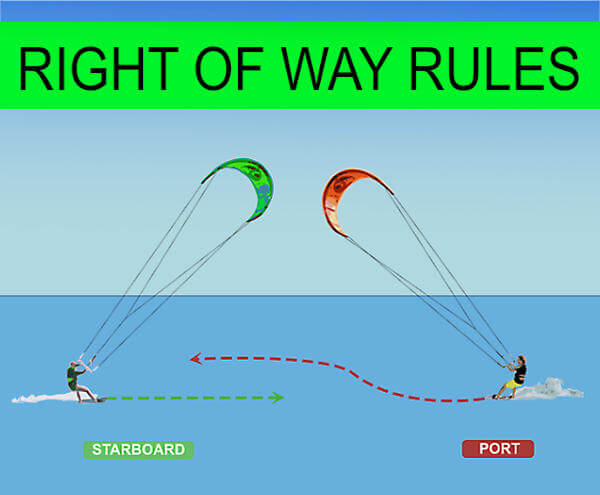
Guess what?! Kitesurfing right of way rules!
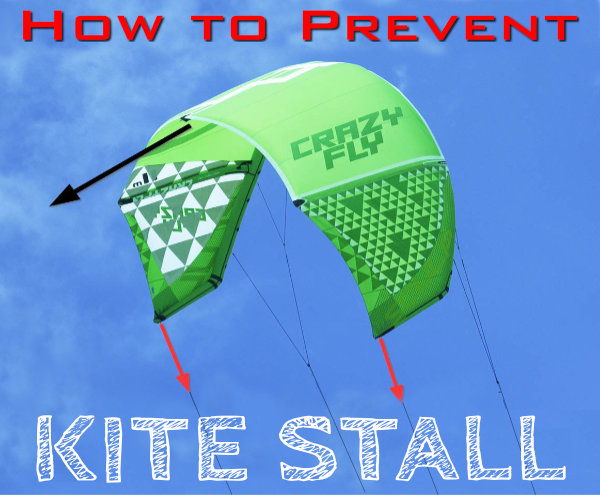
What's a Stall of a Kite and How to Prevent It
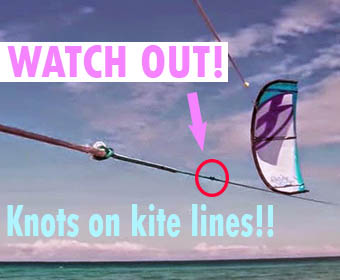
Knots on Kite Lines... Watch Out!
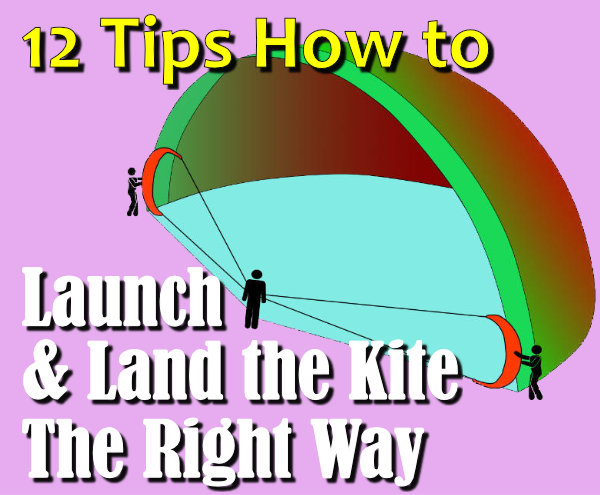
12 Tips to Correctly and Safely Launch and Land Your Kite

8 Simple Tips to Safe Kiteboarding
Get free Kitesurfing Resources and Tips
If you like our content and you want to be informed on the next blogposts release, please subscribe here. That will also help us to continue to provide quality content:
Give us your opinion.
Comments
Werner
Thanks for the advice in the article, I was considering a leash too. I'm totally with you to invest more time in body dragging and just use the leash in specific situations. I'd like to add another tip for beginners considering the leash just to save time when learning. If possible go to a spot with shallow water, makes it easy to do waterstarts over and over, walk back when you got upwind too much. Of course you still have to practice deeper water after that, starts and body dragging.
3 years ago
James
I have been kiting for 10 years, but the past 6 have lived in a landlocked African country so only kite on holidays. After losing a board in chop, even though I can bodydrag upwind i started using a reel leash. It has saved me so many times, once a broken kiteline would have meant zero chance of recovering my board. I have had to rescue many other peoples boards as well. I only ever had 2 incidents with the reel. once, in the surf I went under and the line tugged on my gopro mount on my helmet (no helmet, no go pro would have solved this issue) but it was not a significant issue, the other was walking in shallow water with my board dragging behind me (too lazy to pick it up) a wave brought the edge into my ankle - tiny scratch was the result. So whilst i agree the elastic type leashes are dangerous, the reel types I am still yet to find an actual person with an actual injury that could be proved to have not happened without the leash (boards without leashes still hurt people) I mostly kite alone, and having the leash gives me a lot more confidence to spend time away from all the riff raff and enjoy the solitude. But I also get shamed by Anti leashers to the point I just don't want to be near those people - it is hard to understand the hatred, from otherwise nice people, mainly stoked by the misinformed articles about accidents that happened years ago to one or 2 people.
3 years ago
Answers :
Gabriele
Hey James, I faced a reel leash bad injury once, that is why I included them in the list. In the article, it is specified that there are use cases where the board leash is a necessary tool to avoid facing more complex situations. The point of the article is to suggest to avoid to use board leashes unless it is really necessary and that shortcutting the body drag learning curve with the use of a leash is a bad practice. I agree 100% with you that people who are dogmatic or, even worse, intolerant towards the use of any tool, regardless of the context are only detrimental to the sport in general. You have quite a long experience in kiting, so don't get ashamed about those with a bad attitude and use your best judgment out on the water to best enjoy your kiting session :D
3 years ago
James
Thanks, great reply. Have a great new year.
3 years ago
Fred
This article gives very little evidence that a leash would ever arm anyone. the only real danger is represented by elastic leash that may act,,under certain condition, as a catapult. Leashes that are not elastic (well, beyond the normal elasticity of every rope) may not pose a problem especially when they are several meter long like the reel here mentioned ( I am not associated with any leash reel producer).. In fact 99% of falls are within 3 meters. the force that would slingshot the board towards the kiter is completely nullified by a 4 meters leash long. Reel avoid having such a long leash getting in the way. Also the leash get tangled with kite lines is very unlikely in all circumstances: when a kiter falls the board is behind and the kite is in front. the board leash will reel in not considering that one may even detach himself from the kite completelly as in any other emergency situation. I have not found the many videos illustrating leash driven accident the author boasts. Out of thousands concerning allmkind of accidents none because of leash. I succeed in upwind body drag but I have already lost 2 boards because I could not spot them anymore in the process. I owned a leash but because the many pressure i did not have it on. Some become very confrontational when they see you wearing a reel leash. But this is no news : more people than you may have thought off prefers no vax and try to enforce it for anyone. comparing to the many wrongs even lethal riding a kite the crusade against reel leash looks just ideology. If I am wrong please show the physics, real accidents evidence and a simple proof: get a powerful boat attach a real leash to the board and the boat,. apply max acceleration to the boat for 5 meter and check the position of the board right after the 5 meters acceleration and the speed at which it arrives to that point. I notice that even IKO may not lend proof of the dramatics of it.
5 years ago
Answers :
Gabriele
Dear Fred, I wrote this post because, through the years I directly witnessed 3 accidents due to leash pull back, which happened to kiters riding in the schools I was working or just kiting. One of these cases involved a rotoleash, probably due to malfunction. I am talking out of the direct experience by witnessing deep cuts and bruises in all those cases. I could write about the physics as you ask, but I think it is beyond the scope of the article. Let me just mention that even a rigid rope has a degree of elasticity and, in extreme cases, it shows that behavior clearly. About long leashes, they can get tangled anywhere, not only on the kite lines and I would really prefer to avoid that risk, especially in case of emergency or during a self-rescue. I agree with you that those who become confrontational on any topic in kitesurfing are not behaving smartly and should be ignored. It happened also with this article to me when a lot of riders were supporting your point of view with the most confrontational attitude you can have. Here I just provide my advice and my experience and for me avoiding the use of the leash when you can, it is a good practice. If you read the article to the end, you can see I also consider the use of the leash in specific conditions, but for beginners and normal riders, I keep my negative opinion on its use. Also, I don't find the passage where I am "boasting" many videos about this problem. If you read literally, there is written you can find a lot of examples online and then I linked a video as an example, that doesn't mean all examples are videos. Thank you for expressing your point of view and for spending time in articulating your interesting comments. I really appreciate every contribution to the discussion, especially if we have different opinions, because from different points of view can come deeper analysis and understanding of any aspect of the sport.
5 years ago
Federico
I appreciaye your witnessing real accident but if you want to contribute to safety of us all you should be more specific. What kind of leash was used ? What actually happened ? Why?Your contribution is really valuable when you detail the occurrence so anyone may assess correctly the danger and eventually make an informed choice. The video is not one of the many: is the only one I found on the internet and it does not show any accident (board is tapping on the rider head without damaging it.: that would not have possibly occurred with a reel nor the drowning). No tangle with kite lines (that I do not even see how could possibly happen). So if you have some others evidence you may comment, I believe anyone would be grateful for your post. I was frustrated as I thought you had sound physics that unequivocally showed why we shoul not use a reel. If we just stay with "being attached to an external body is dangerous" then being attached to a kite is dangerous". That is why this kind of alert should be thoroughly analysed if you do not want that your warning remained just an opinion. Just like "you should not kite as kite is dangerous and more than one rider is now dead". This post witnesses that I believe and value your experience. Only I want to know more maybe to come out with a safer system. Thank you
5 years ago
Gabriele
Accident nr.1 happened in 2007 to my friend Nicola B. using a 3m elastic leash with body protection and helmet in Marsa Alam Egypt. The result was the board hitting one of his ankles and causing a sharp cut that required 14 surgical stitches, plus the kitesurfing vacation end. Accident nr. 2 happened in Tulum Mexico in 2014 to a student of the school I was storing my gear in. The dynamics and set up were similar to the previous accident, result huge hematoma on the back of the back of the thigh with bleeding and stop of kiting for a week. Accident nr.3 happened in the school I was managing in Mozambique in 2015 to a guy having storage in the school. He was using a roto leash as the one showed in the article, in the middle of the sea. When he involuntary looped the kite during a front roll for some reason the roto leash didn’t perform as expected and, since he was not wearing a helmet, confident he would be safe, he got the board cut his head, without fortunately causing a loss of consciousness. So, he could make it back to the beach, covered in blood. In the aftermath we checked the roto leash and we could not find any issue, but never the less a surgical stitching was needed also in this case and I let you imagine in what kind of condition you can get that in a remote corner of that country. I understand you can use safer systems and maybe long leashes (I would not like to have a long rope dragging behind me though), but my opinion is that it takes way less risk to properly body drag and, in case you are in condition where you risk to lose of sight the board, maybe adding to it some sharp colored devices would prevent that.
5 years ago
Duncam
I read your article with interest. However, using a leash depends on where you attach it on the board and if you are planning on getting air.... I use a reel leash attached to the handle, wear a helmet and impact vest and don't get airborne. I think the real problem arises when a leash is used when getting air as the chances of an accident are higher. If I ever feel that I want to jump, then the leash will be put away. In respect of being hit by the board, I've had the misfortune of being caught by a lost board after parting company with its rider. Using a leash is an individual choice, but some common sense has to be applied. May the wind be at your back and the sun in your face!!
5 years ago
Computer Backpack
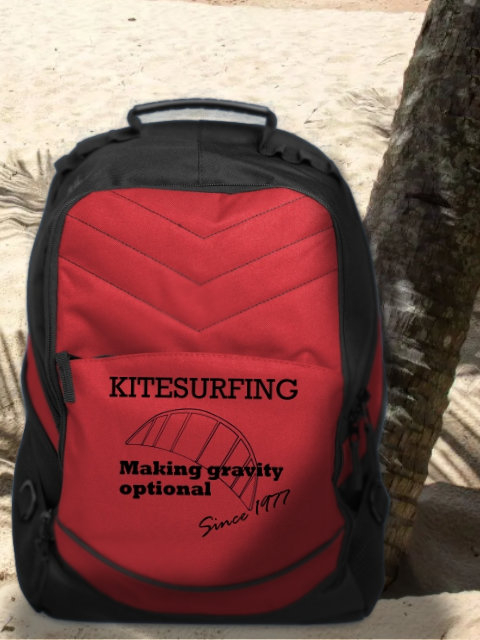
Logo: Kitesurfing: making gravity optional since 1977
Promote your Kite School for free!
Index your Kite School in our database.
You will get free lifetime visibility on Kitesurf Culture website.
If you have a website, it will provide precious backlinks to improve your SEO ranking
Relevant Posts

Safety Kitesurf Hook Knife, a must to have in your sessions

Are you a good assistant during a Kite launch and landing?

Guess what?! Kitesurfing right of way rules!

What's a Stall of a Kite and How to Prevent It

Knots on Kite Lines... Watch Out!

12 Tips to Correctly and Safely Launch and Land Your Kite

8 Simple Tips to Safe Kiteboarding
Toddler Premium T-Shirt
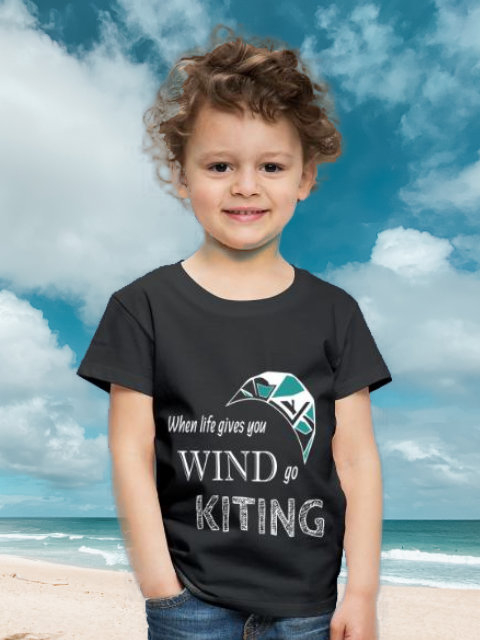
Logo: When life gives you wind go kiting
Latest Posts

Kitesurfing Dubai: an honest guide. Tips, Spots & Winds
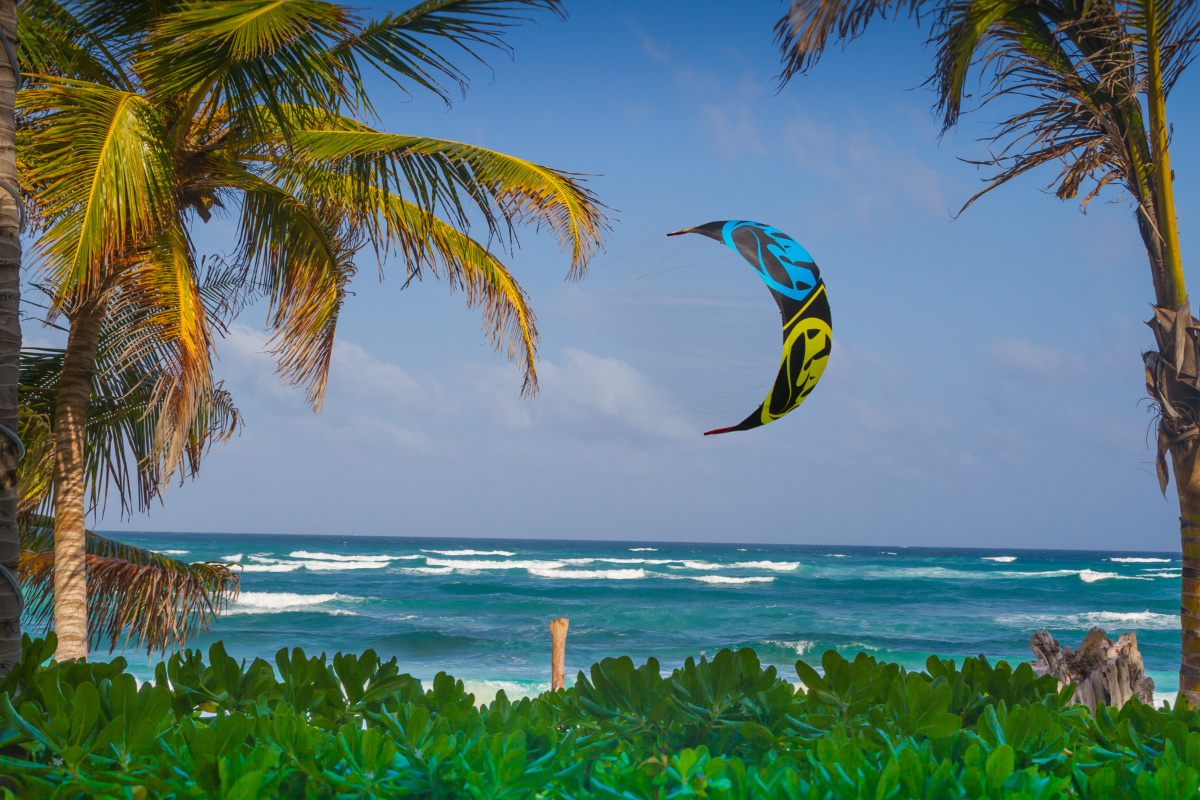
Unwind and learn: best beginner kitesurfing spots worldwide
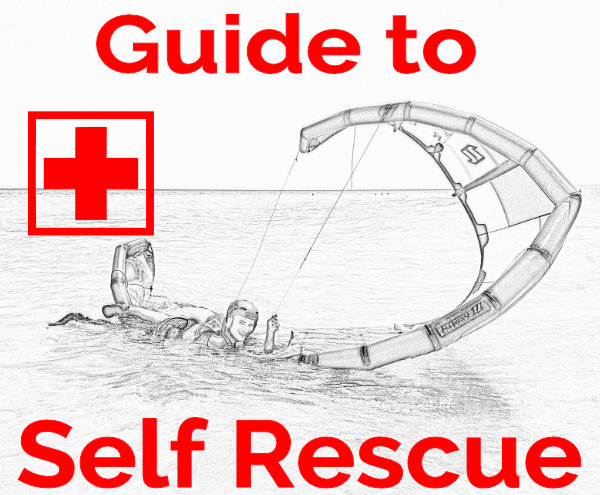
Self-Rescue in Kitesurfing: A Crucial Guide to Safety

Kitesurf Ometepe: an Epic Kite Trip to Nicaragua

Kitesurfing Spring in Andalucia: Unexpectedly Great!
